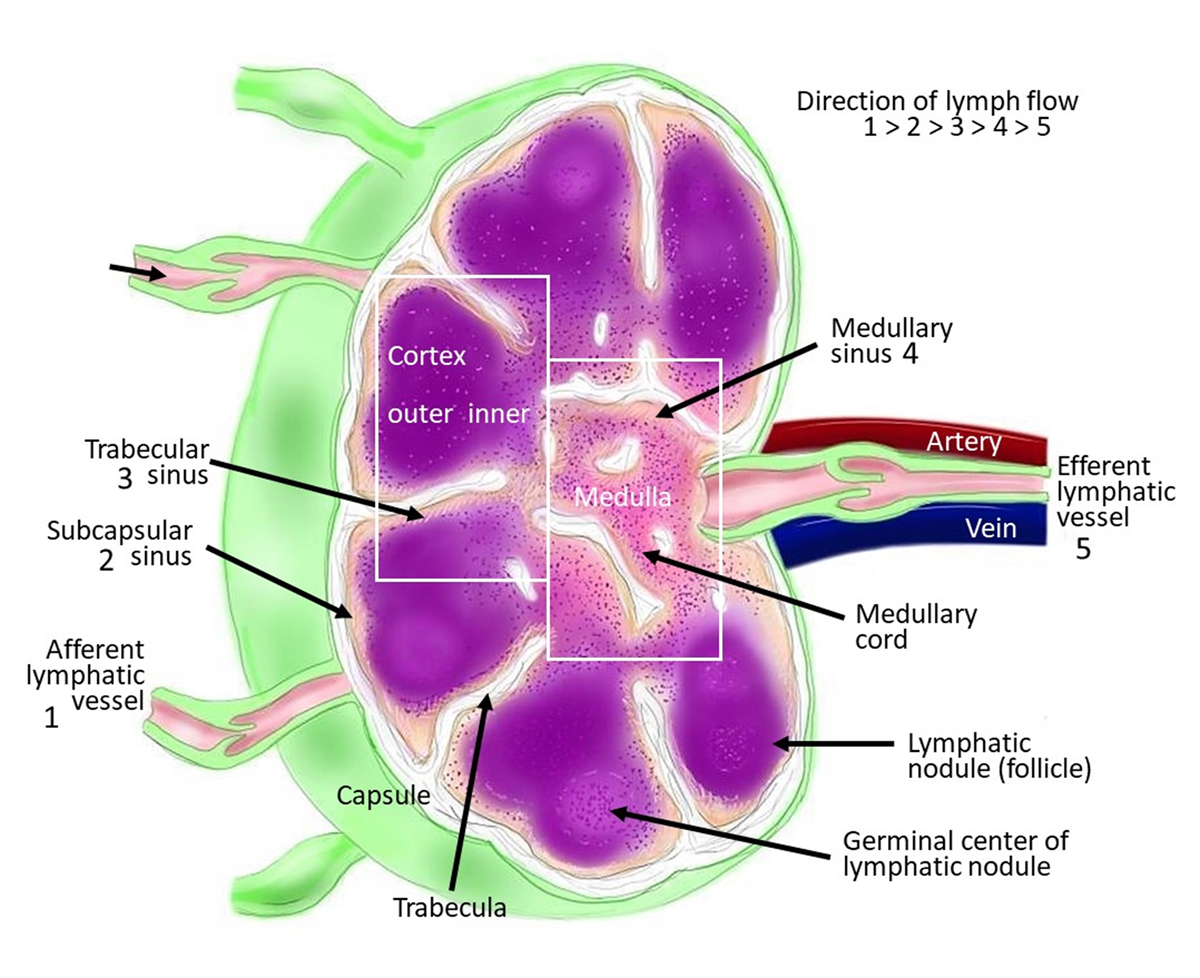


They established that the VEGF-C therapy greatly improved the outcome of lymph node transplantation. They found that treatment of lymph node-excised mice with adenoviral VEGF-C gene transfer vectors induced robust growth of the lymphatic capillaries, which gradually underwent an intrinsic remodeling, differentiation and maturation program into functional collecting lymphatic vessels, including formation of uniform endothelial cell-cell junctions and intraluminal valves.Īs VEGF-C quite potently increases the rate of lymph node metastasis, the researchers sought to develop a mode of therapy that could be safely applied also in patients that had been treated for cancer. The Finnish researchers applied vascular endothelial growth factor-C (VEGF-C) gene therapy in mice after surgery removal of axillary lymph nodes, a procedure that mimicked removal of axillary lymph nodes in patients in response to metastatic breast cancer. The treatment of lymphedema is currently based on physiotherapy, compression garments and occasionally surgery, but means to reconstitute the collecting lymphatic vessels and cure the condition are limited. It has been estimated that several million patients suffer from such acquired lymphedema worldwide. Damage to the large collecting lymphatic vessels, which resemble smaller veins, causes the vast majority of all lymphedemas. It has been estimated that approximately 20-30% of patients that have undergone irradiation or surgery of the armpit in response to lymph node metastases develop lymphedema later on. Accordingly, VEGF-C-treated lymph nodes were more effective in trapping metastatic tumor cells than control transplants. The ability to transfer lymph nodes that reconstitute a functional network of lymphatic vessels in adult tissues is of particular importance in cancer follow-up therapy, as lymph nodes can prevent systemic dissemination of metastases. An improved outcome of lymph node transplantation is evidenced by improved lymphatic drainage and restoration of normal lymphatic vascular anatomy in VEGF-C-treated mice. The researchers of the University of Helsinki, Finland, and the Ludwig Institute of Cancer Research show that application of vascular endothelial growth factor-C (VEGF-C) to replace excised mouse lymph nodes and lymph vessels ensures formation of mature lymphatic vessels and incorporation of lymph node transplants into existing lymphatic vasculature.


 0 kommentar(er)
0 kommentar(er)
